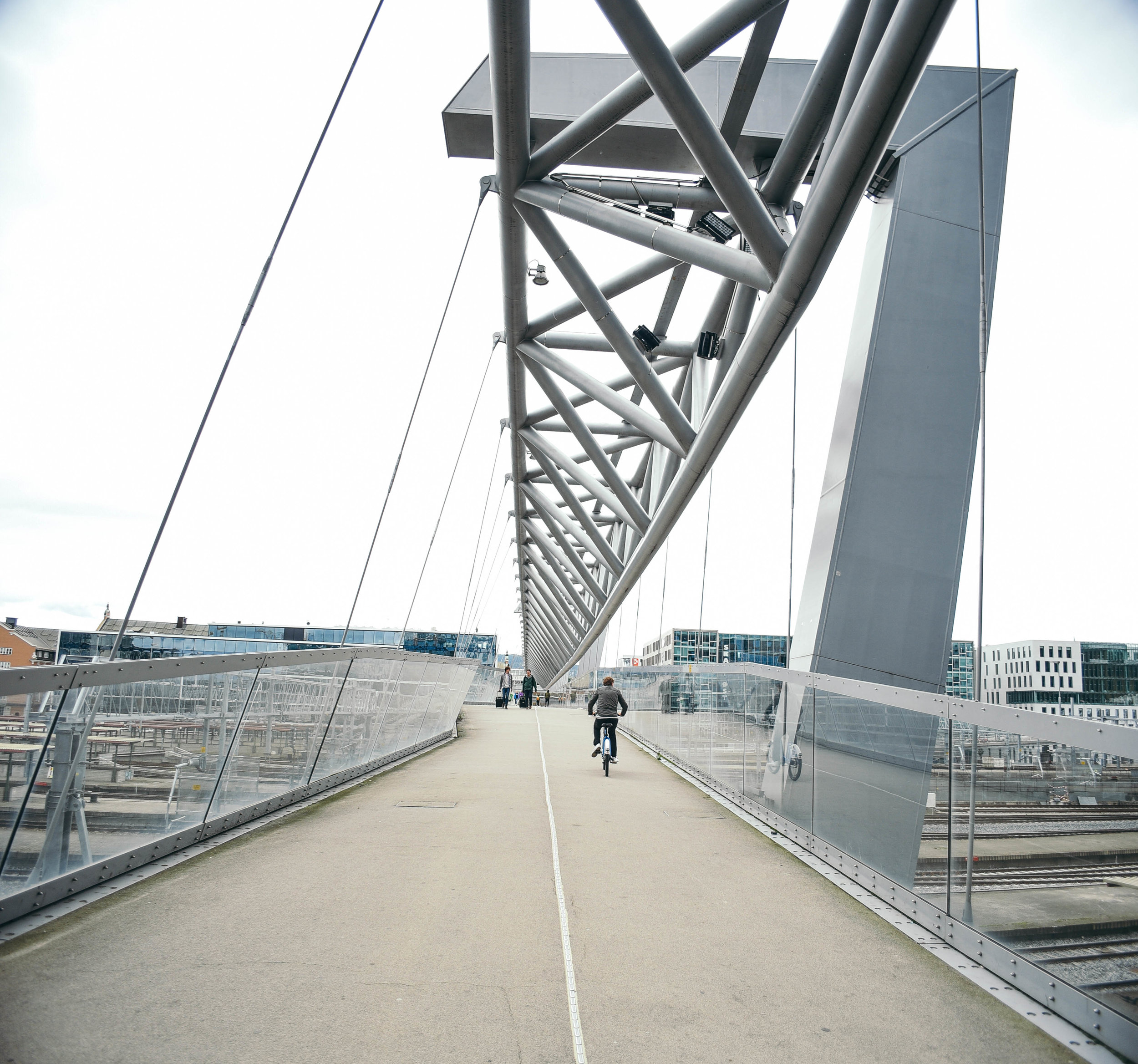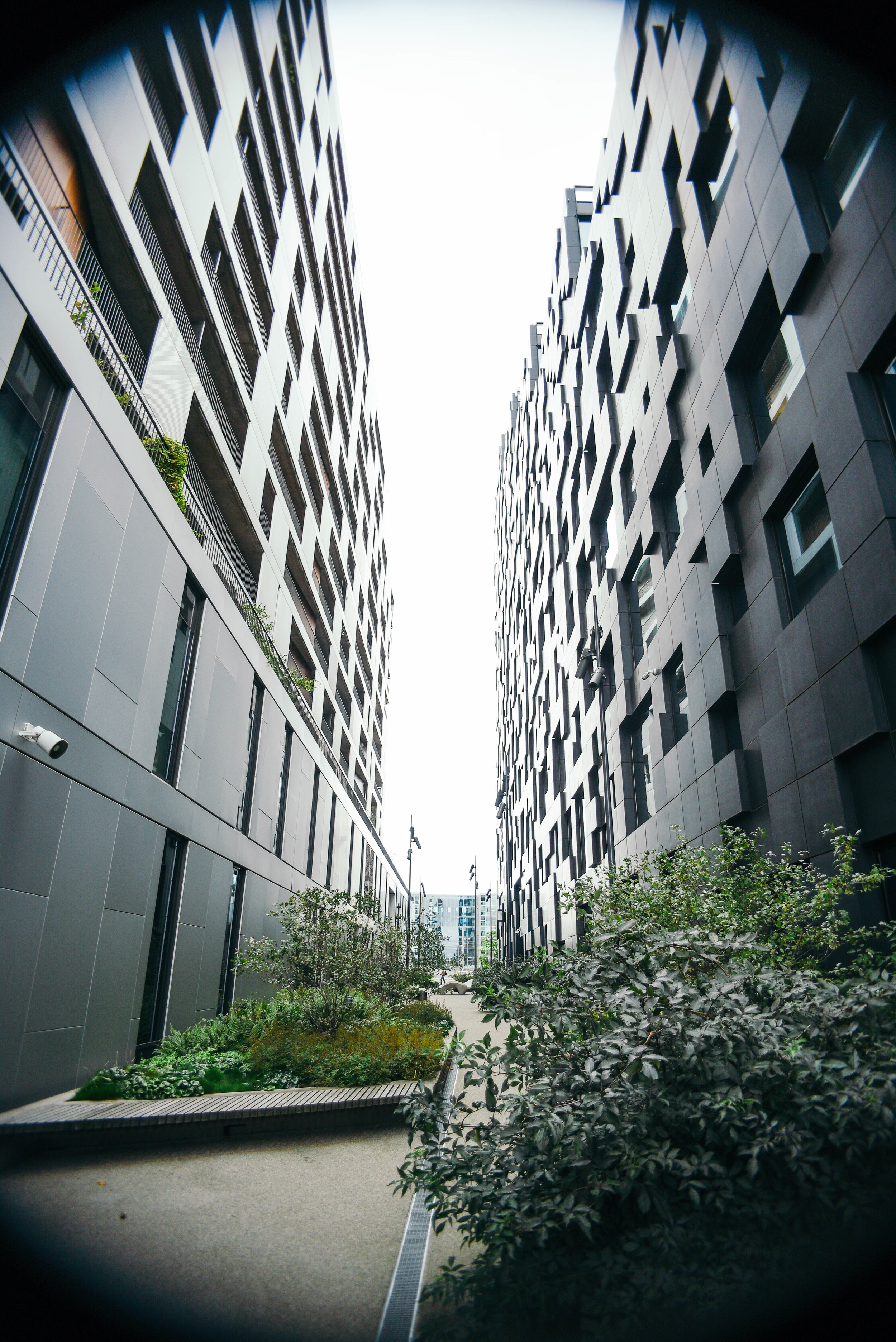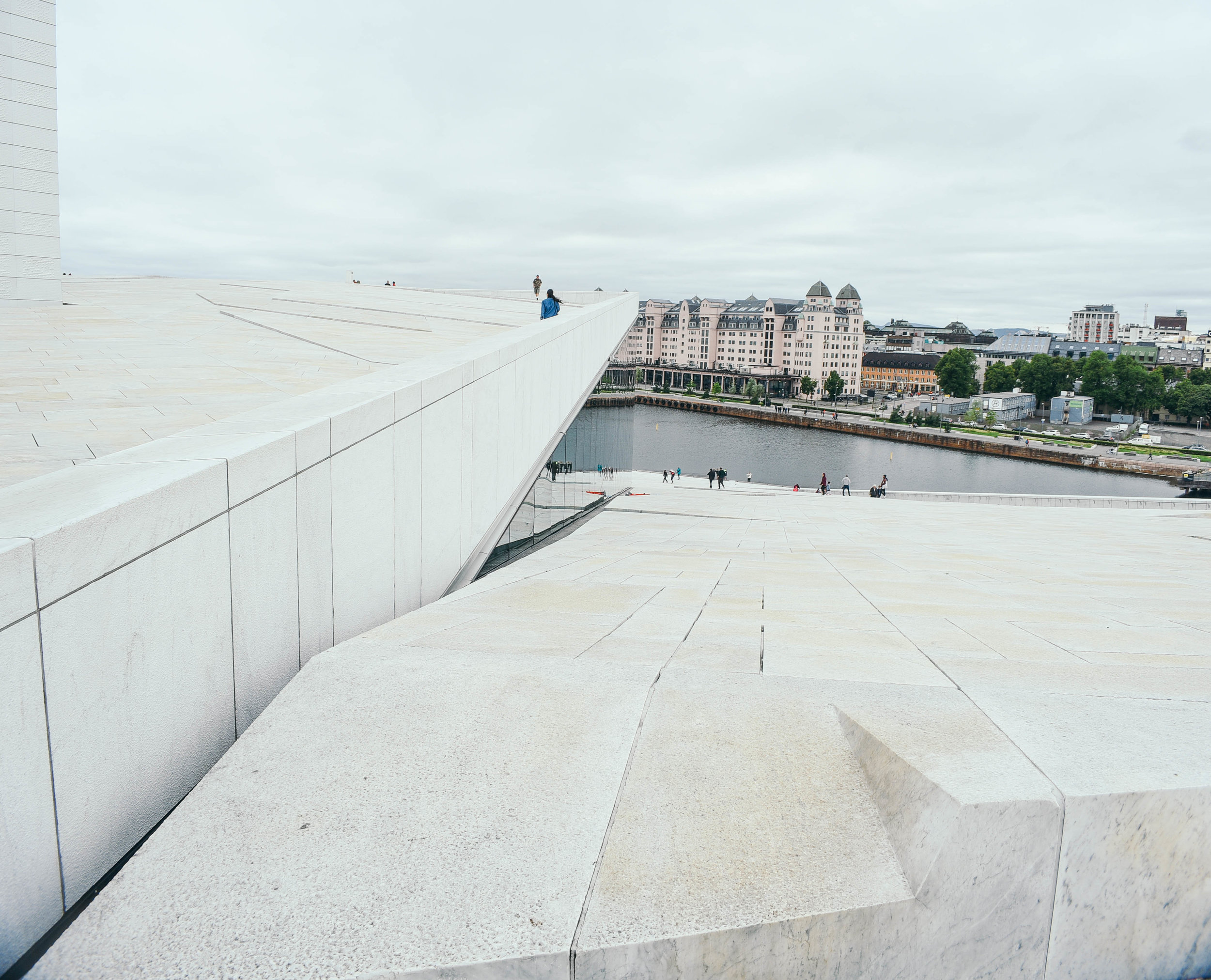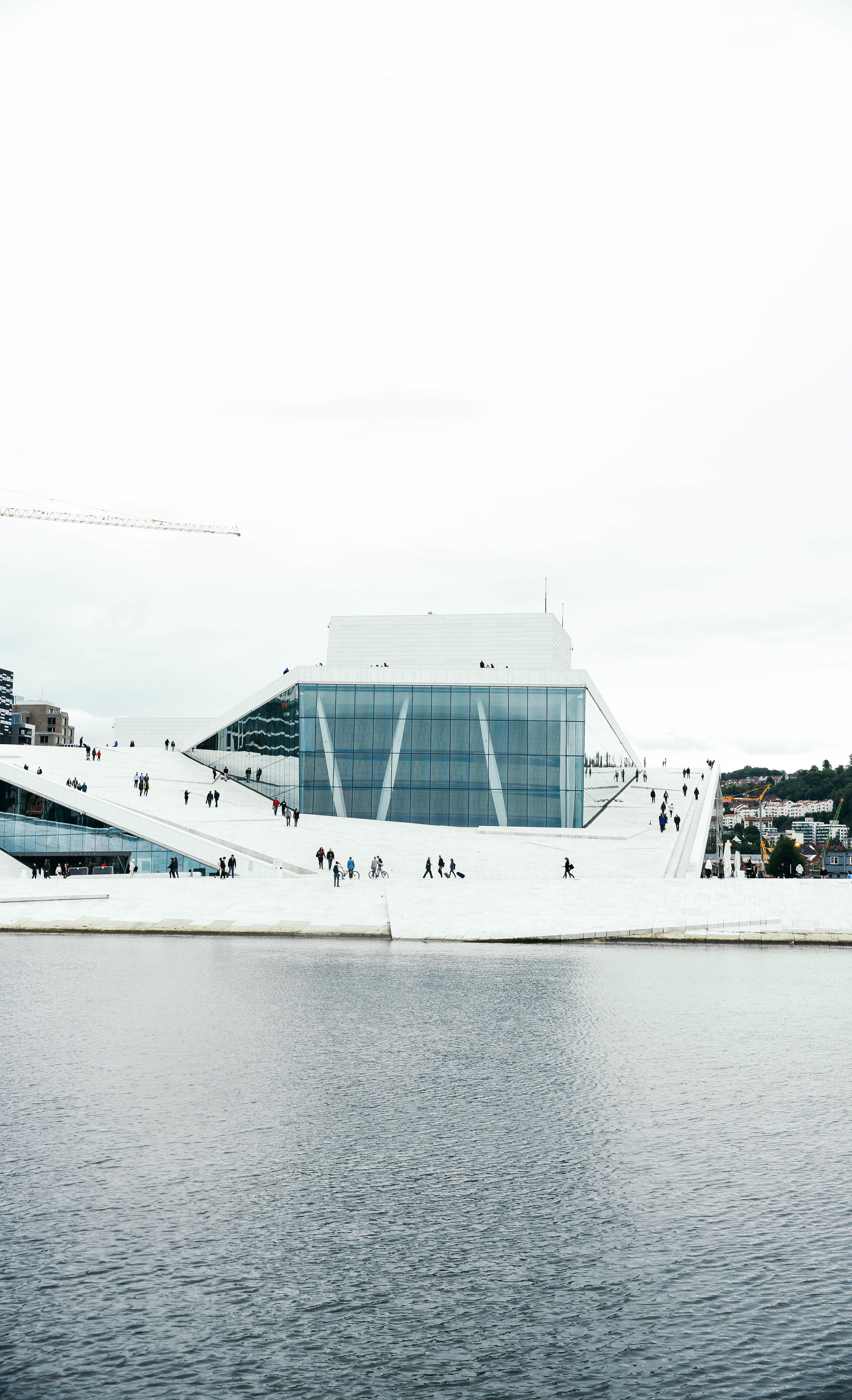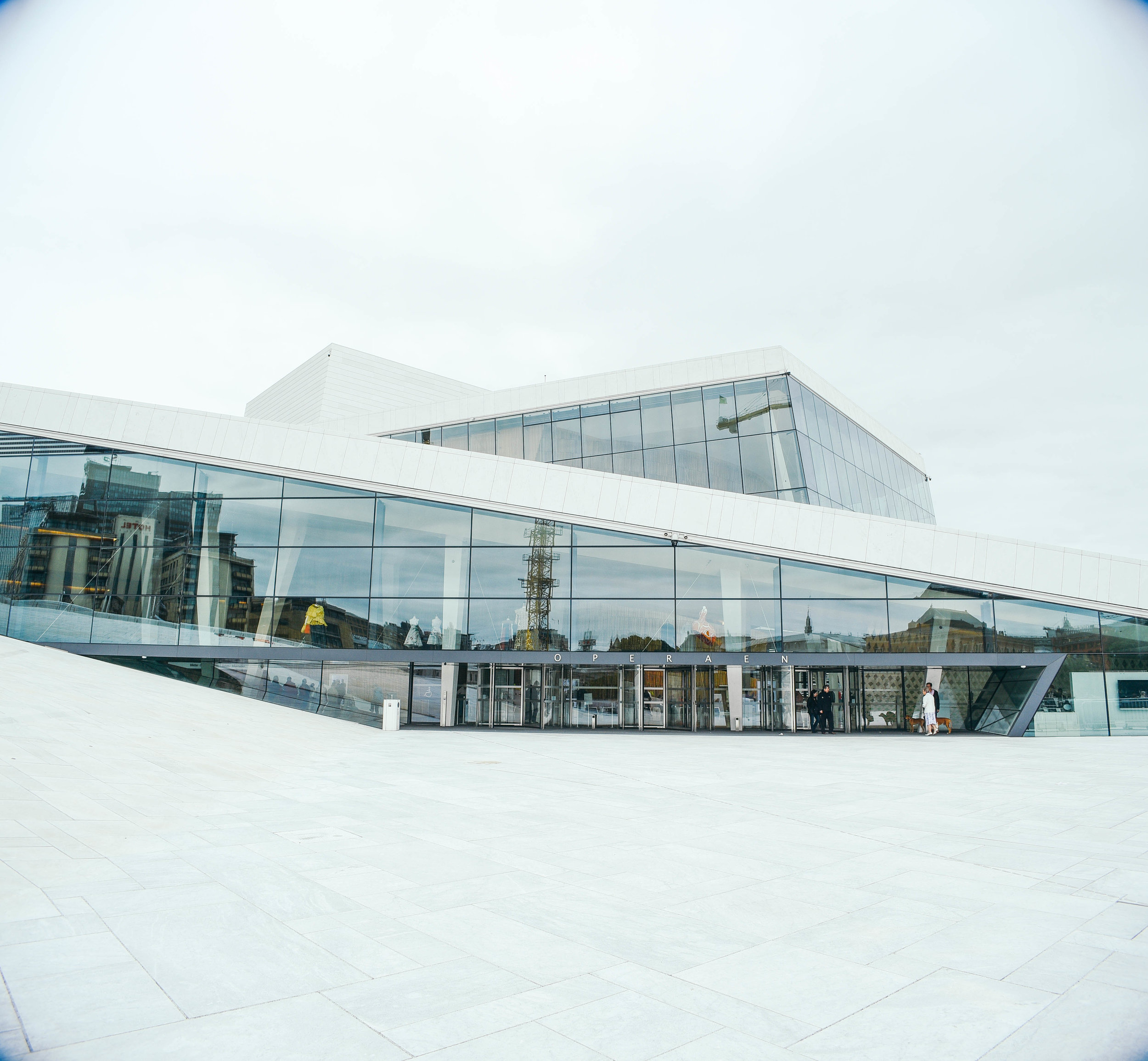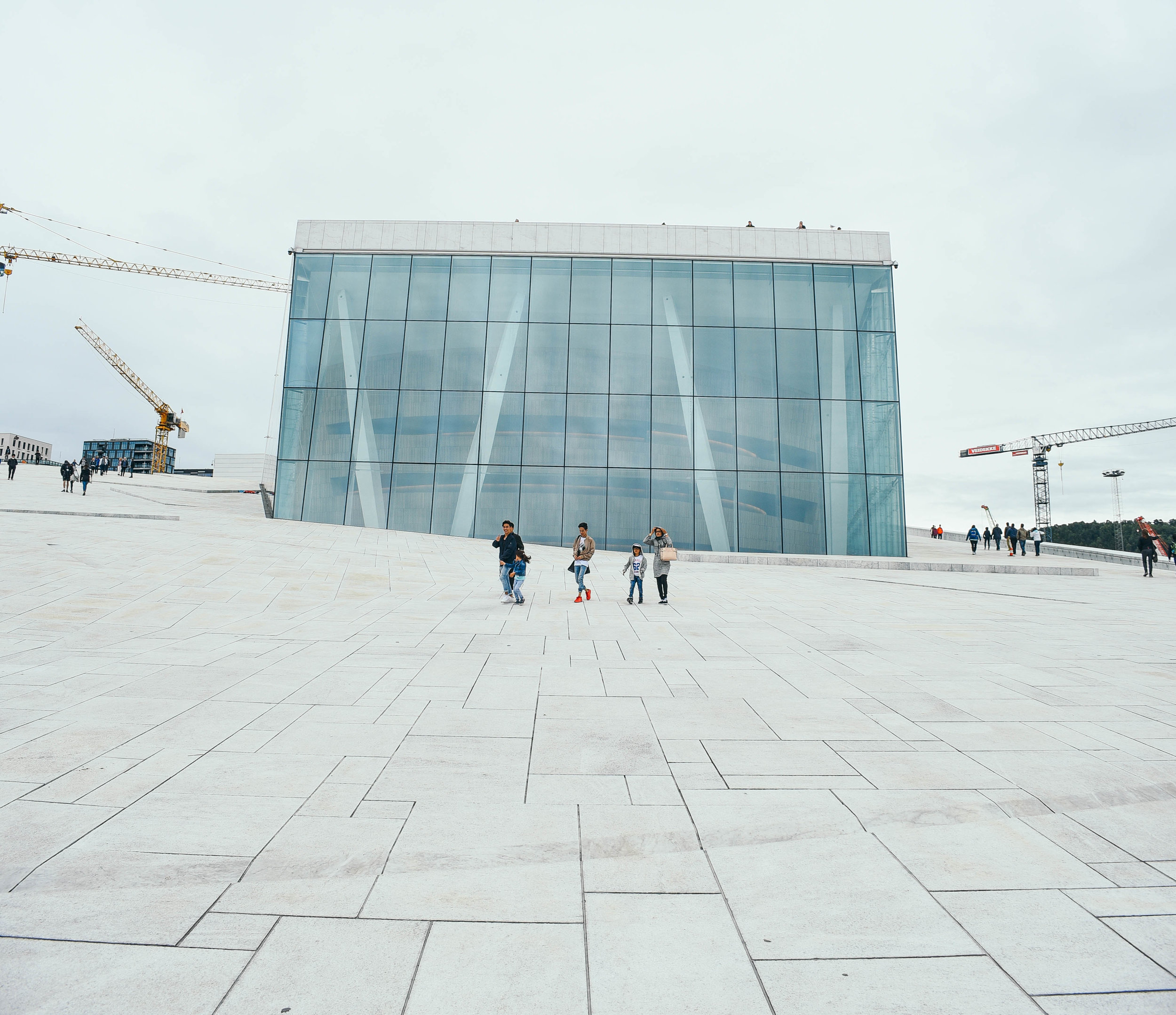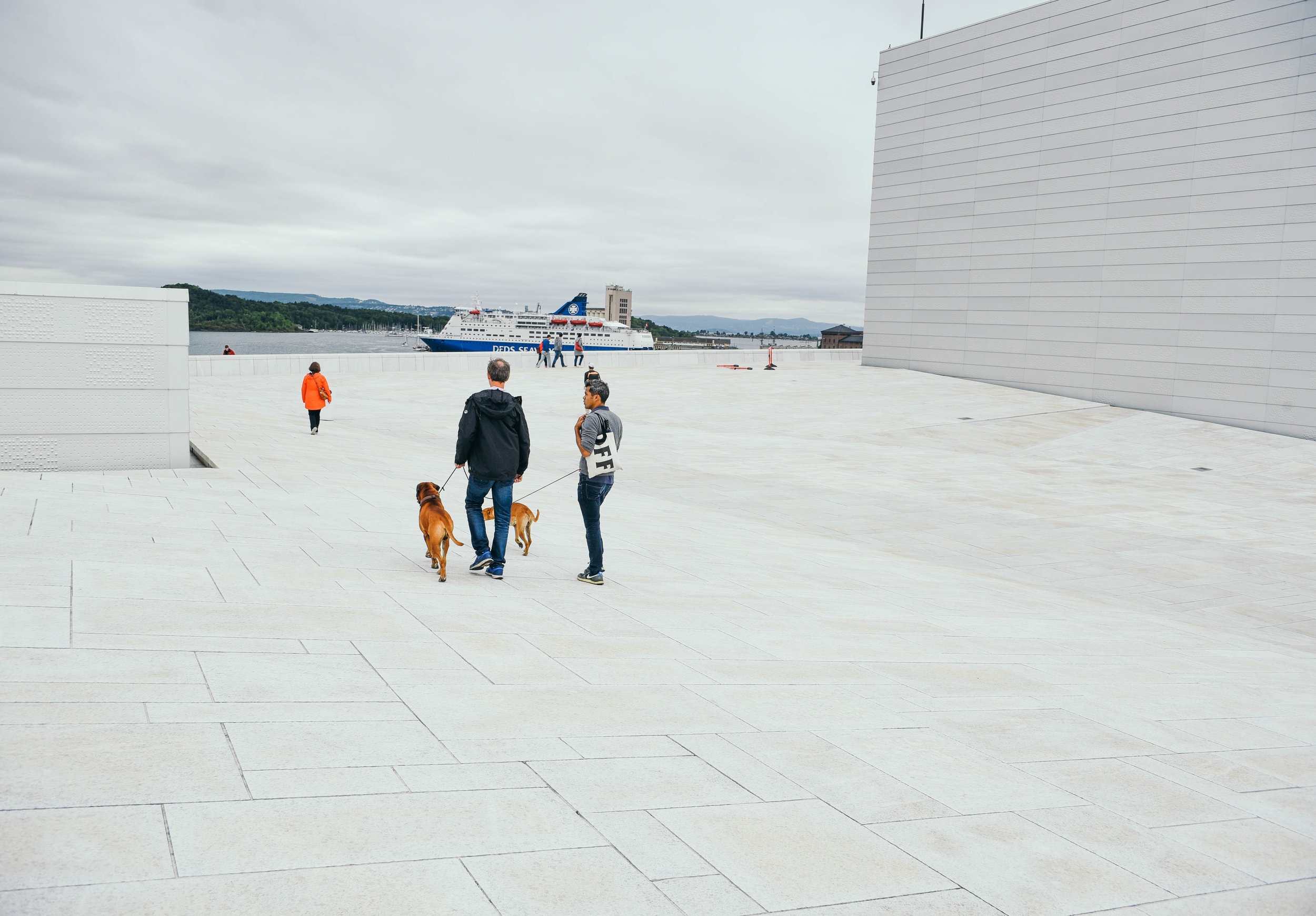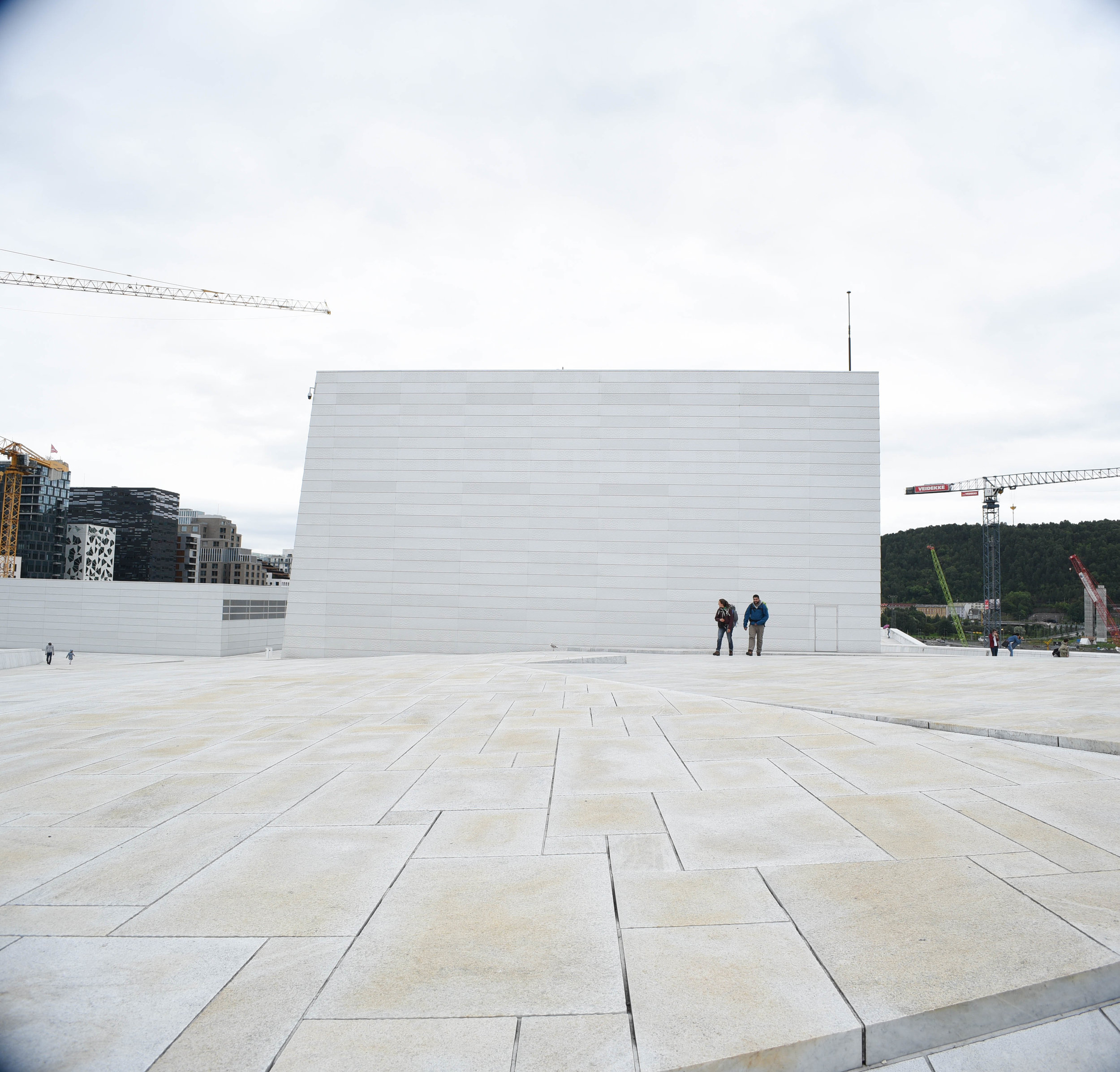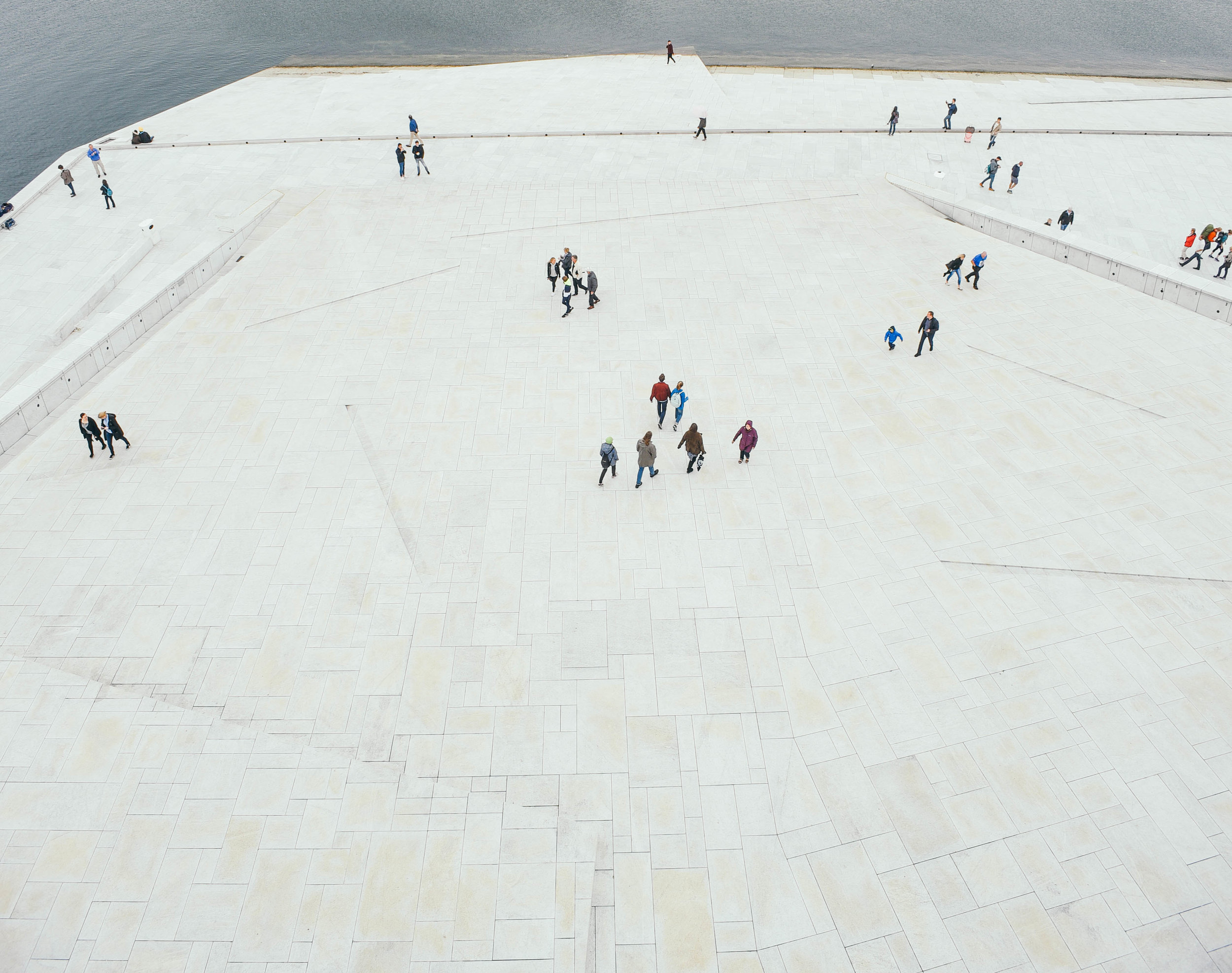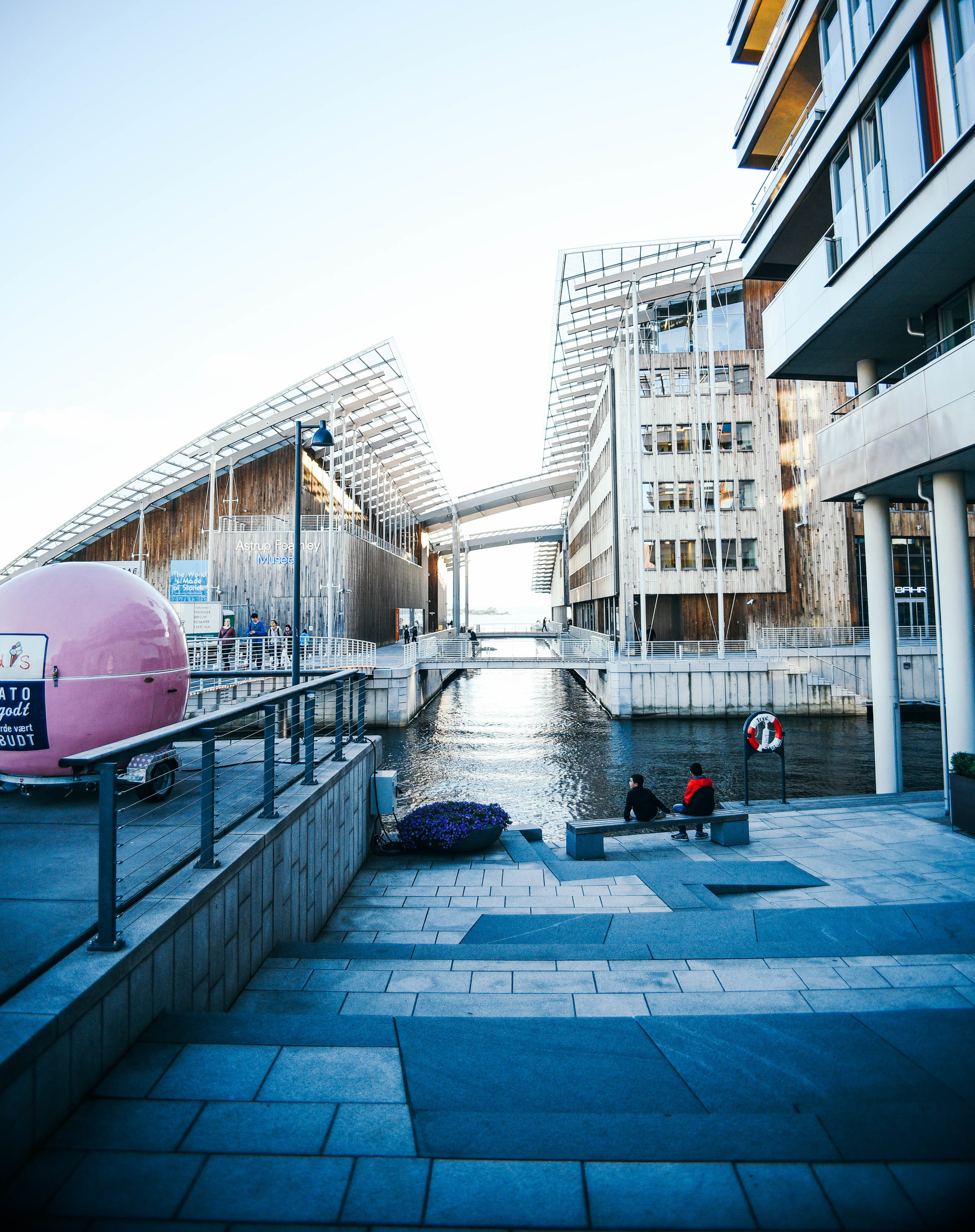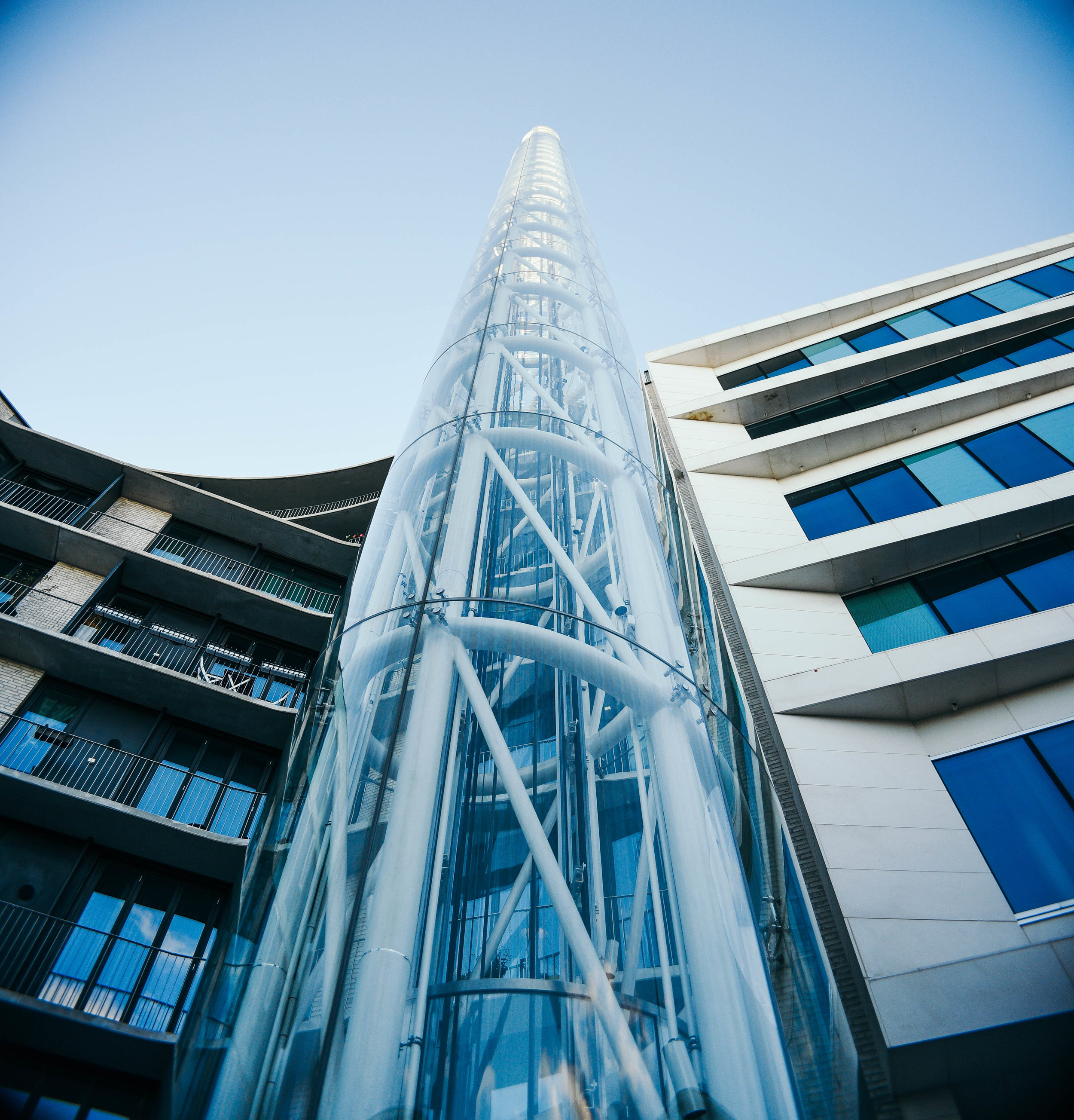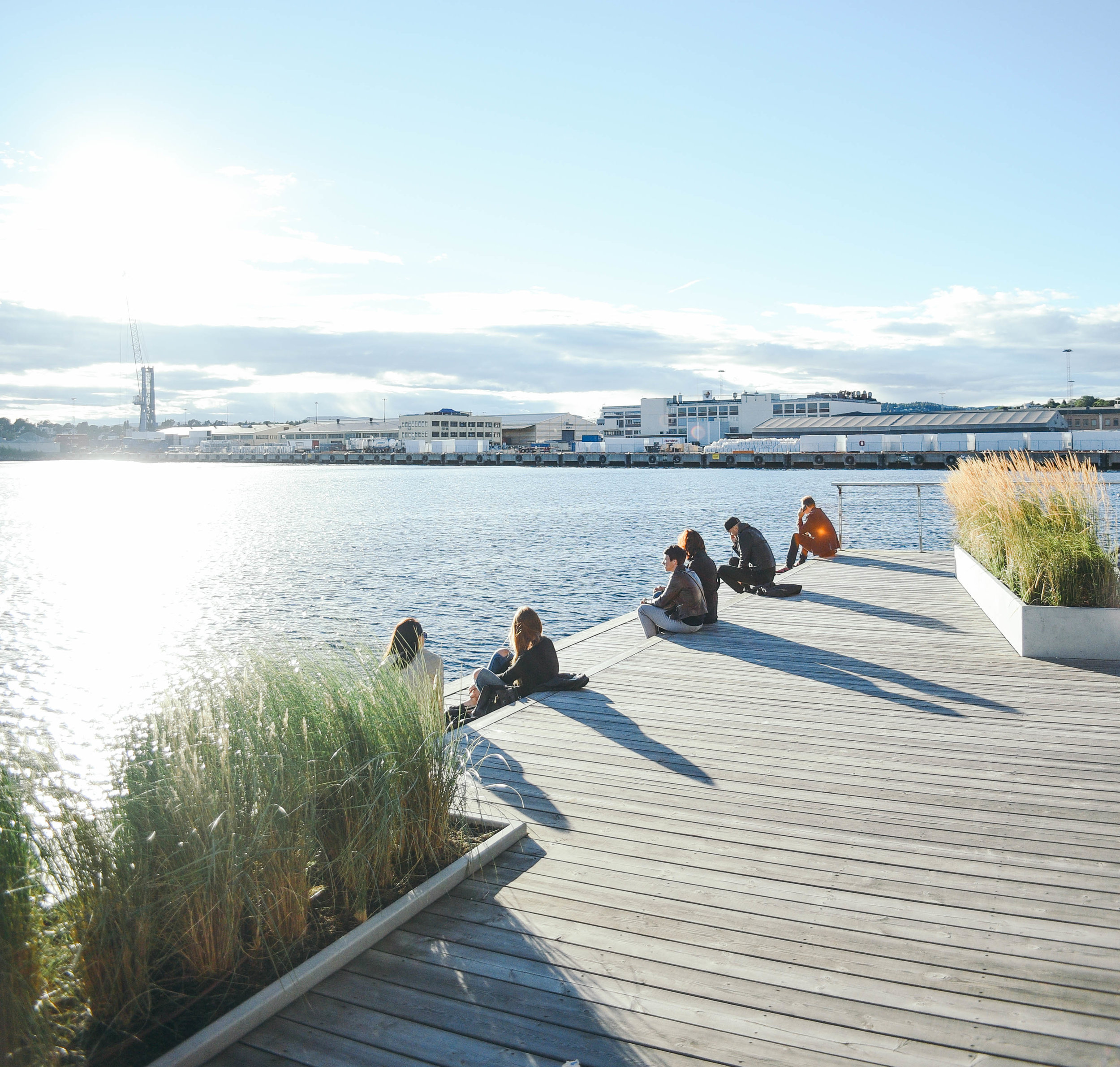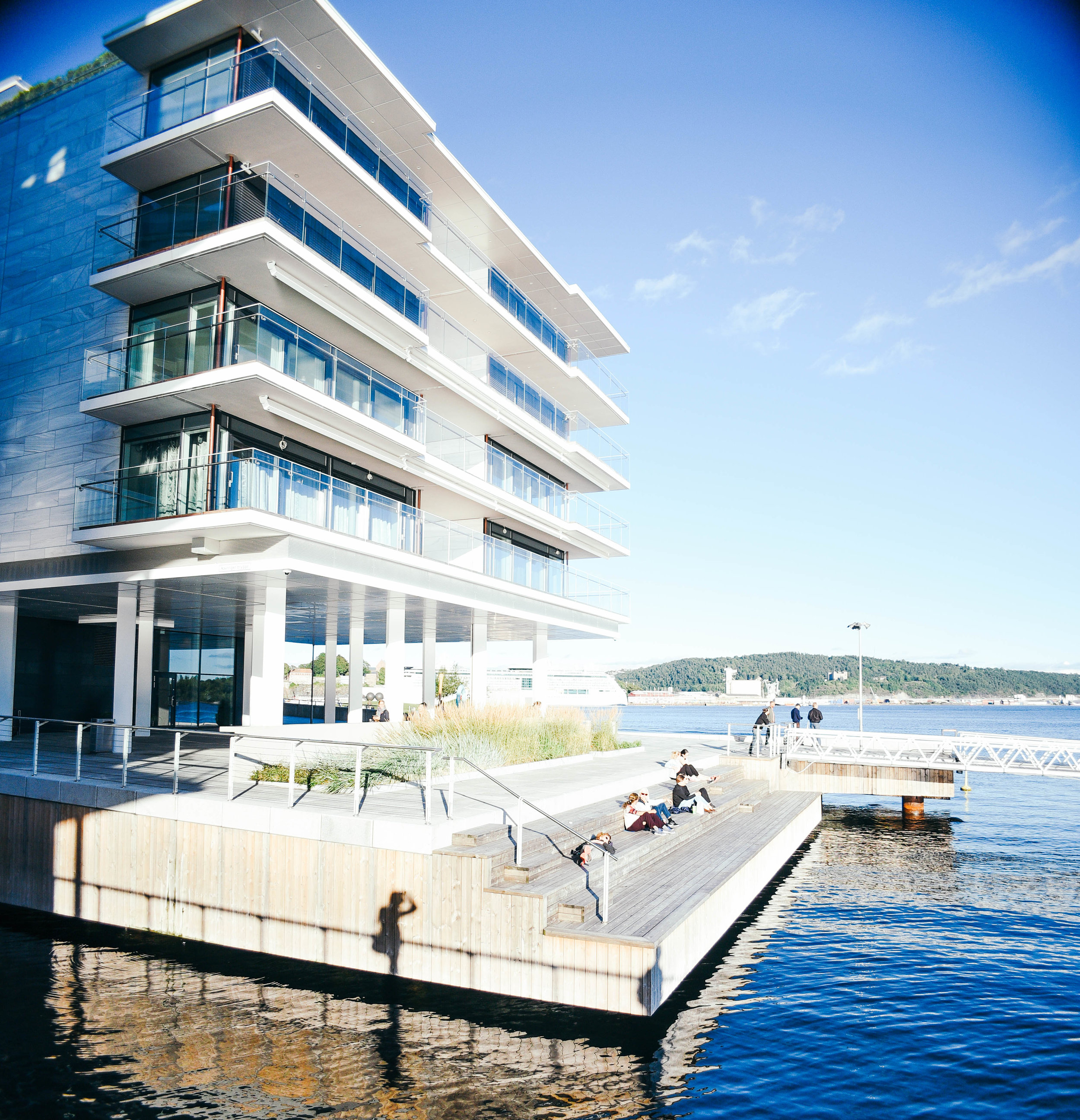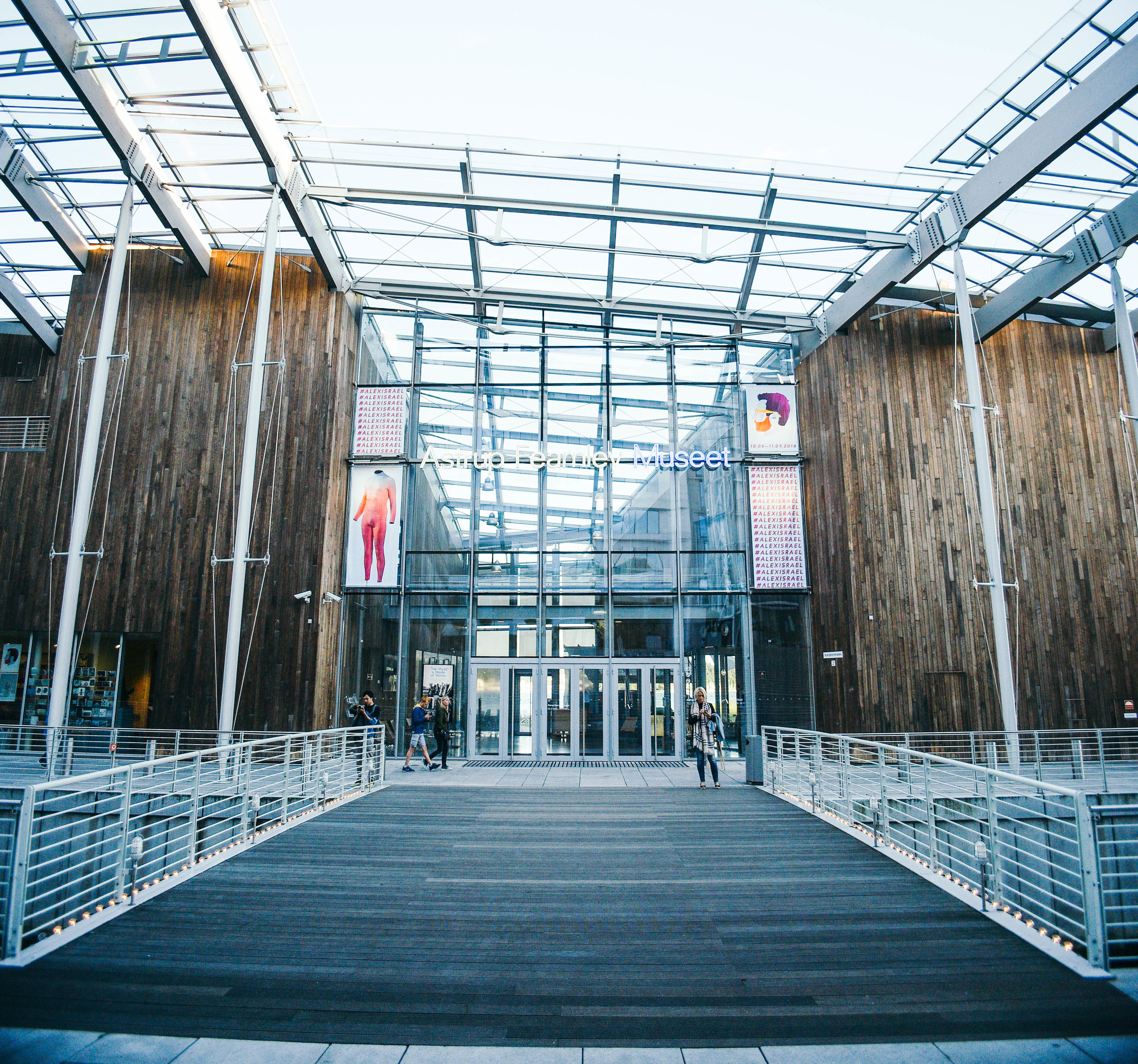Sitting with Mikael at a café in central Copenhagen, we watched dozens of people passing on their bikes. Smiling at us as they passed, or stopping to chat with friends on the street, it became obvious to me that Mikael could envision cities of the future because he already lived in one. As Mary Embry from Copenhagenize Design Co. once said, “People work hard to make sure their cities are as user-friendly as Copenhagen… World-class cities want in on the cycling infrastructure and they look to Copenhagen for inspiration and guidance.” Copenhagen truly has become the model for livable cities.
At the café Mikael soon asked me, “you up for a ride on the Bullit?” as he looked over at his cargo bike parked on the street (#parkwhereyouwant). Standing at 6’2”, I awkwardly clambered into the front carrier. Conscious of the fact that my lanky legs were up by my ears, it didn’t take long before I was reminded where I was. In Copenhagen, you’re not judged on what bike you have, what ‘style’ you have, or how ridiculous you may look, as long as you’re on two wheels – anything goes.
Mikael took me around the city to show off some its most innovative bicycle infrastructure initiatives. First up was Dronning Louises Bro: the world’s busiest bicycle thoroughfare. Now, if someone took you to the busiest car thoroughfare in the world, you probably wouldn’t want to stay for long. It’s quite the opposite when people are riding bikes: this place had some serious energy.
A bridge where over 30,000 people come through on bikes each day makes for pretty great socialising and people-watching. So much so that the City even decided to widen the cycle paths to make ‘conversation lanes’. Bikes aren’t just great for transport: they’re also a brilliant place making tool. Unlike cars – Mikael reminded me – you can actually make eye contact with, and talk to people when they’re riding a bike.
Cruising around the city to check out Copenhagen’s bicycle footstands, commuter counters, and of course, the new Cycle Superhighways, I was then shown where the City had installed cycle paths to complement commuter’s desire lines. First promoted by William H Whyte back in the 60s, the team at Copenhagenize is now at the forefront of utilising observational techniquesfor pedestrian and cycle planning. Just like Jane Jacobs, Mikael is working hard to make cities less rational and more organic.
Working closely with media, architects, planners and policy makers around the world, Mikael is continually exposed to the ideas and projects that are reshaping cities. But to him, there’s only one city that is really doing it right. Copenhagen has not become complacent as the world’s greatest cycling city, it’s continually striving to increase bicycle modal share and improve the experience of cyclists. Mikael’s goal is to communicate this culture to the rest of us… I guess ‘Copenhagenize’ says it all.
Through a single photo back in 2006 Mikael has showcased a place where cars no longer dominate. And now, city-by-city, a new urban social movement is taking shape. We are beginning to mend the urban fabric that the car has torn to shreds. Just like “The Crazy Dame”, Colville-Andersen has reminded us that cities are human. By inspiring a generation of urbanists, he’s also helping to solve the greatest urban challenge of our time.
Check out this article posted on the Urban Times here.
All photos/text by Tom Oliver Payne.






























































